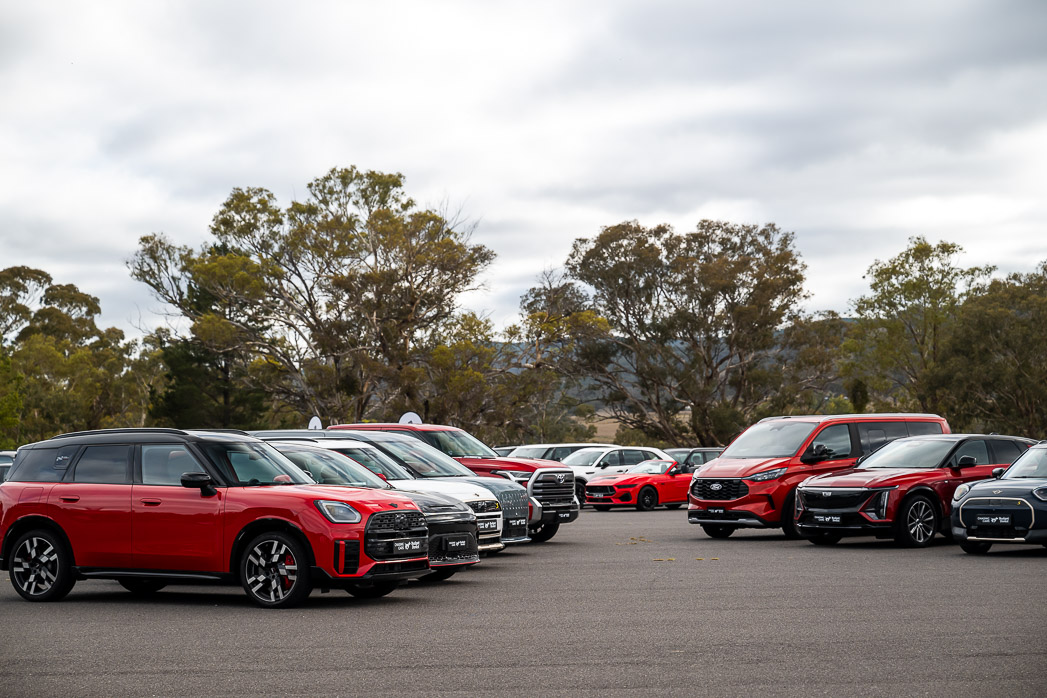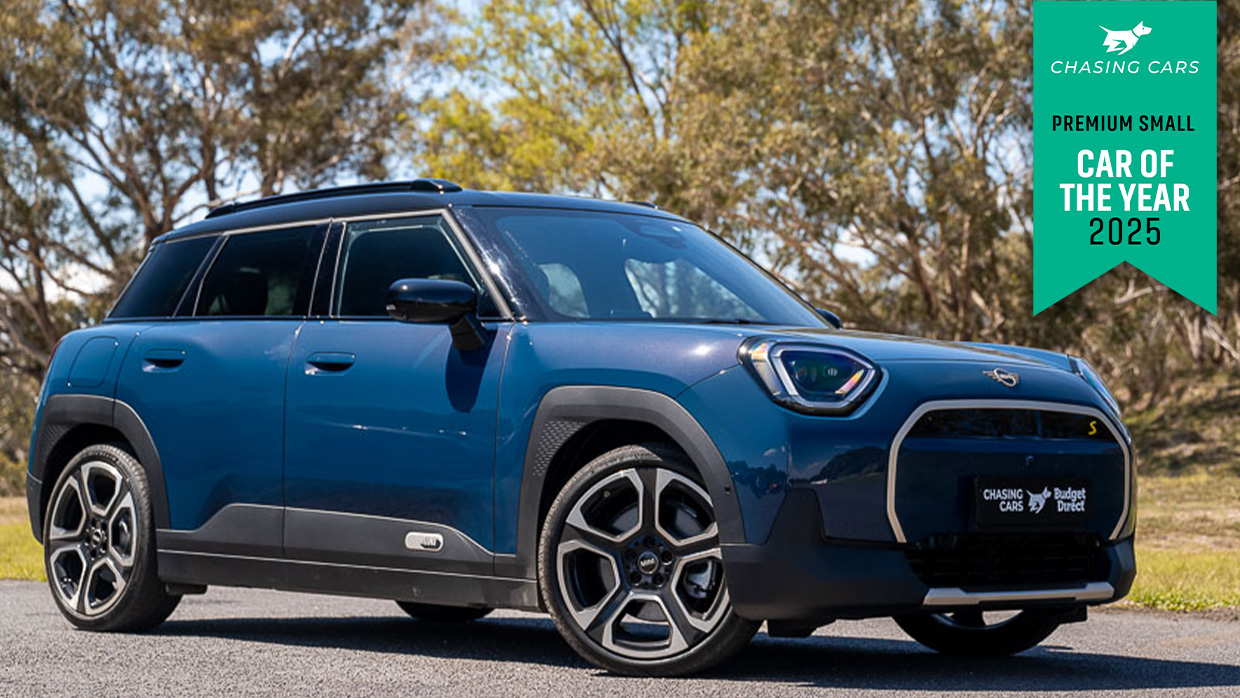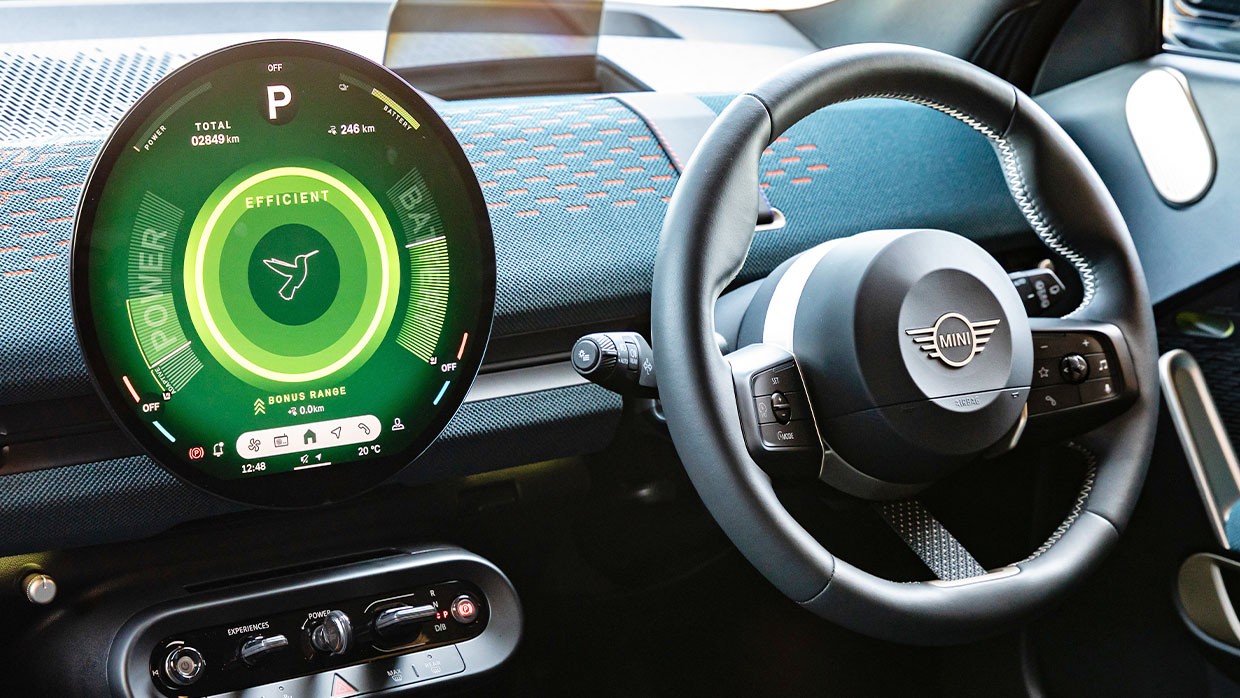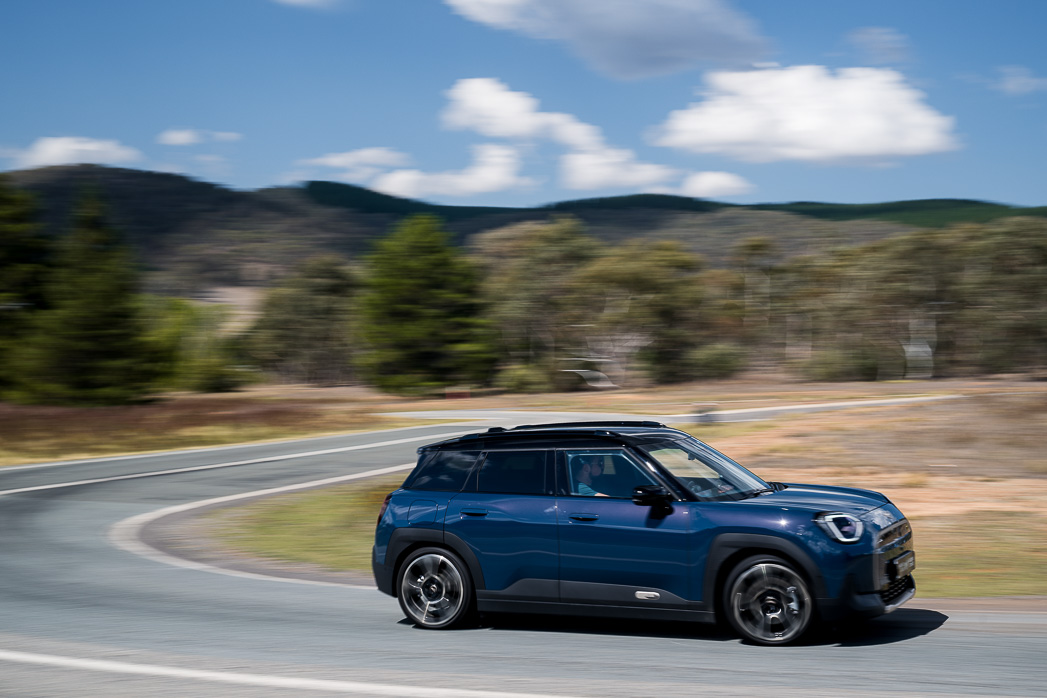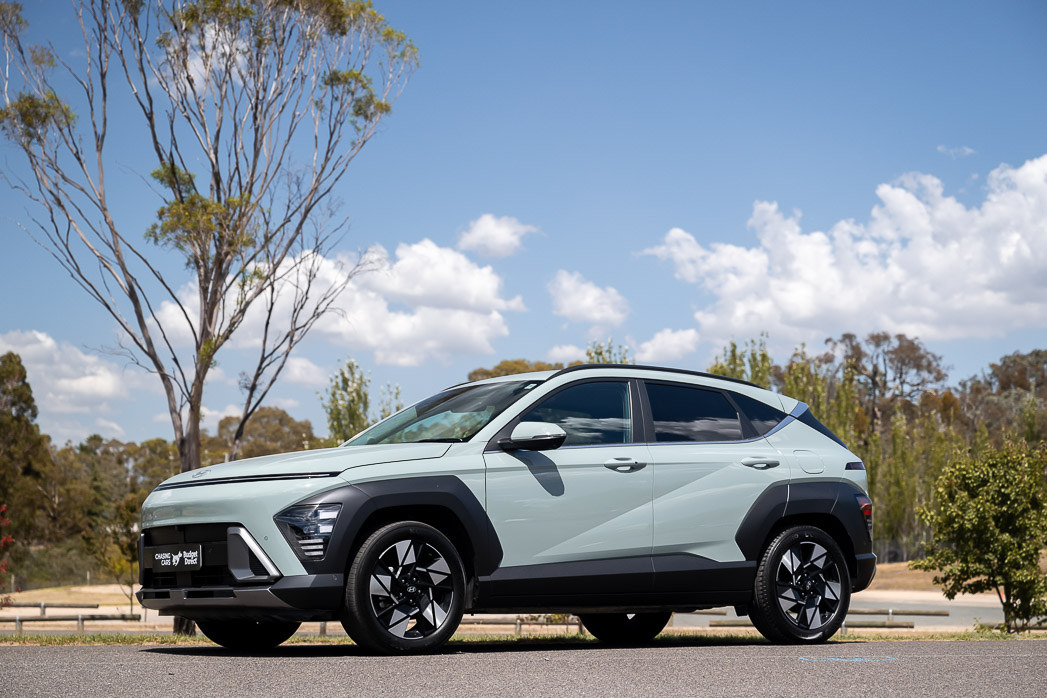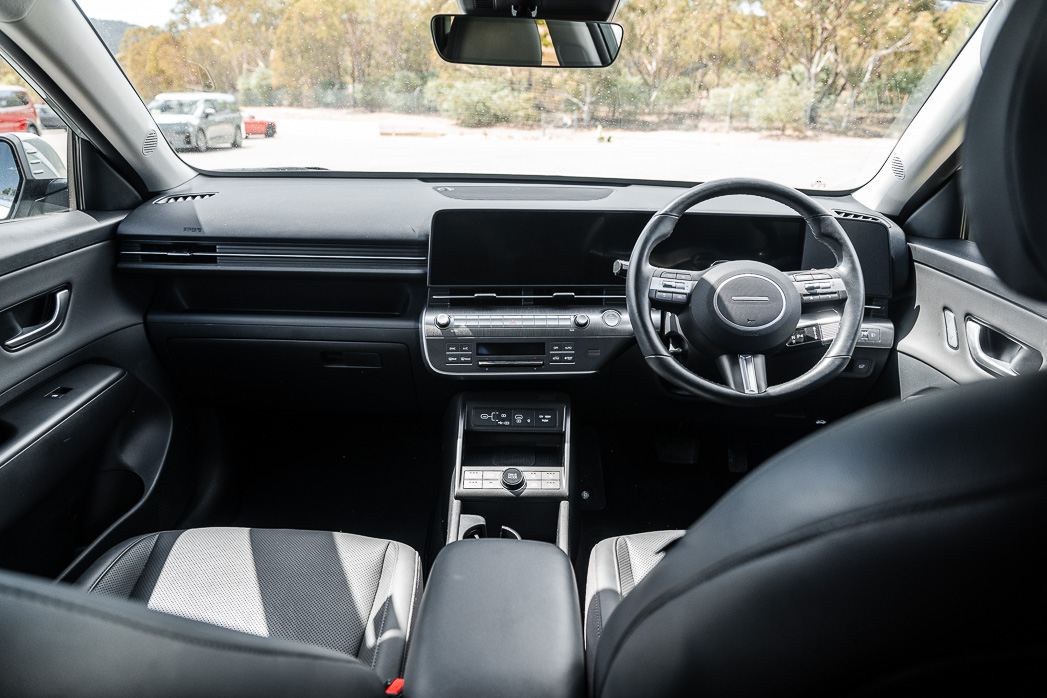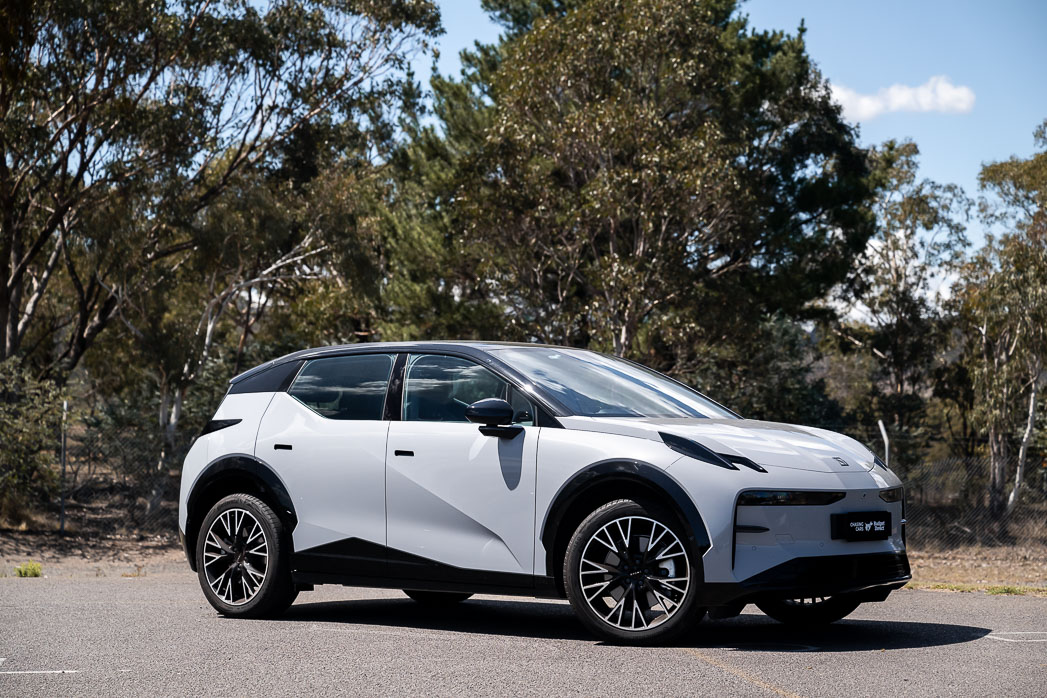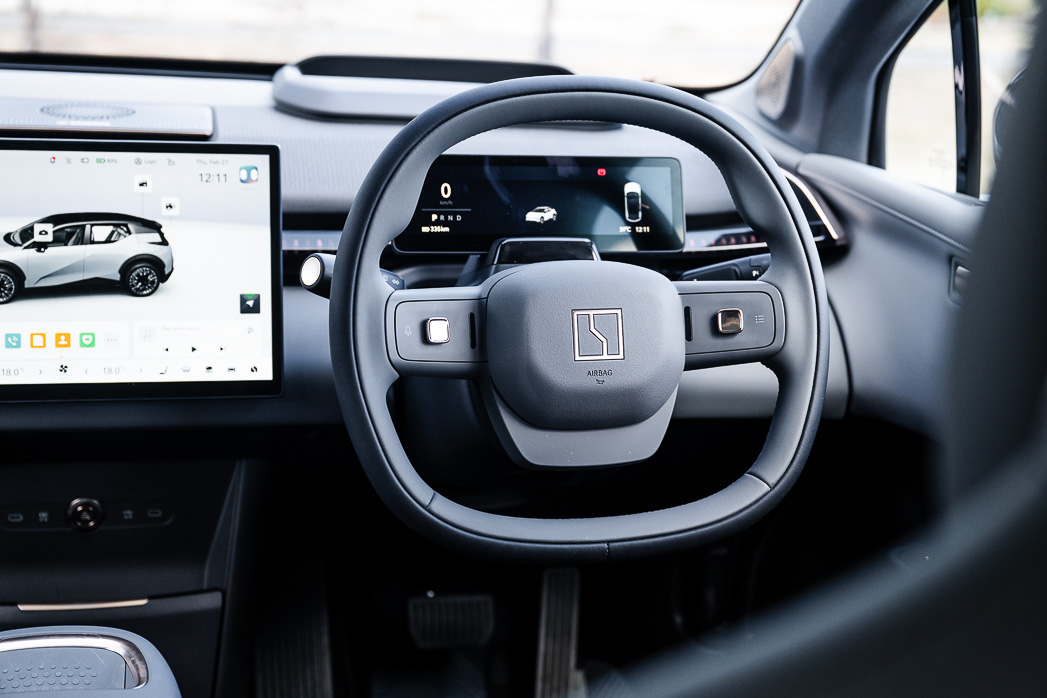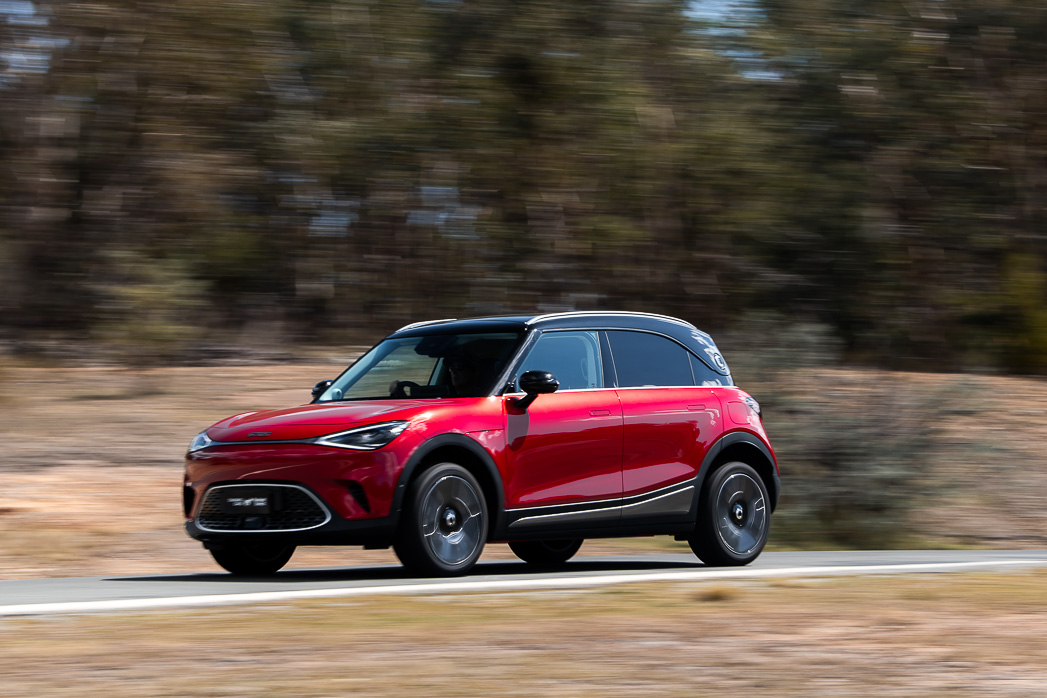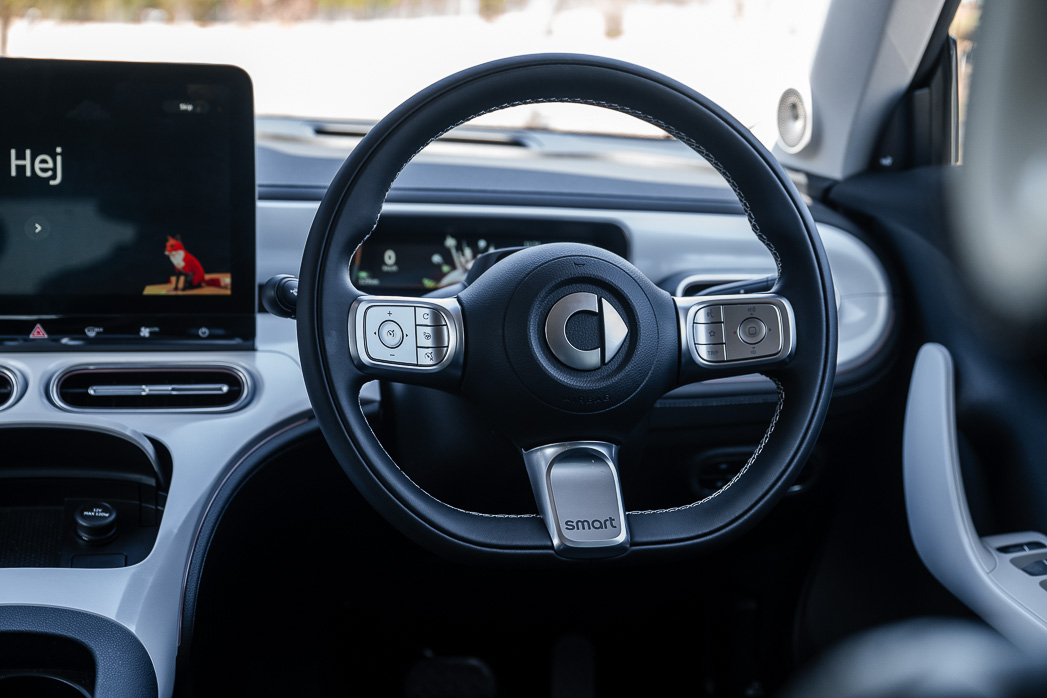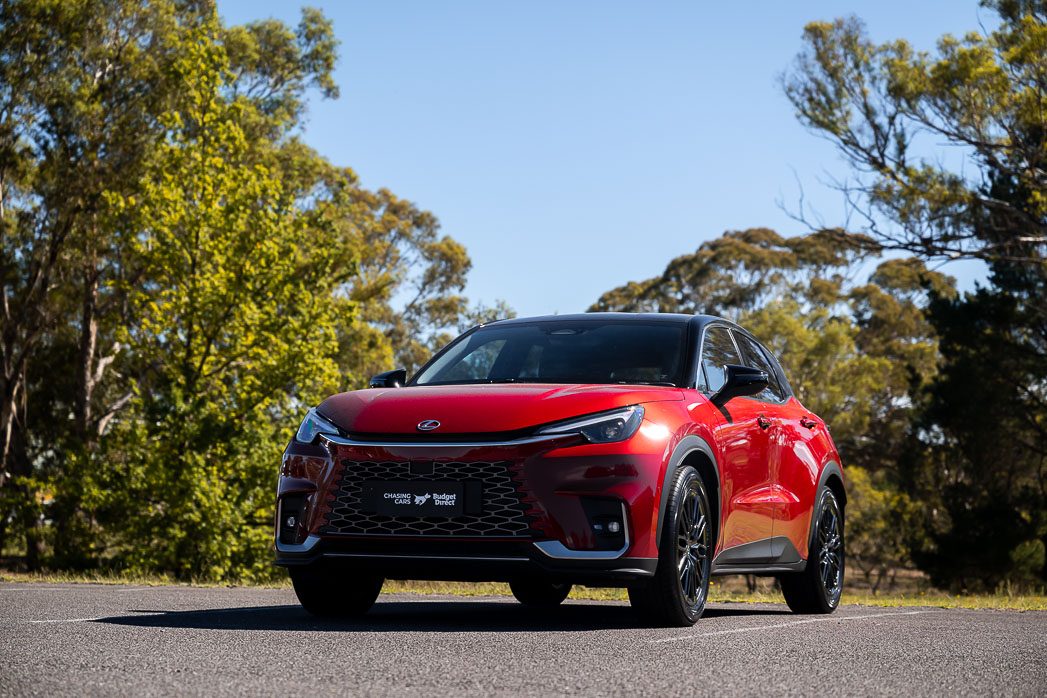-
Car Reviews
- All reviews
- Midsize SUVs
- Small cars
- Utes
- Small SUVs
- Large SUVs
- Large cars
- Sports SUVs
- Sports cars
- Vans
Latest reviews
- Car News
-
Car Comparisons
Latest comparisons
- Chasing Deals
With all-new electric and petrol-hybrid models from across the globe, ‘small’ and ‘premium’ has never delivered so much performance, equipment and design distinction
As vehicle categories merge and powertrain types transition from default petrol or diesel, the invaluable small-car class has been evolving into a broad smorgasbord of sizes, body styles, forms of propulsion and brand names. The world order is changing.
‘Premium’ now means more than just a lick of chrome and a fancy badge. It’s a philosophy behind design maturity, visual individuality, powertrain availability and build quality that elevates the best new premium small cars for 2025 beyond a simple space-per-dollar equation.
Over the last 18 months, we’ve seen a complete refresh of Mini’s line-up – introducing the brand new, all-electric Aceman to the fold – as well as Lexus’s first-ever truly small SUV in the LBX, Hyundai’s transformed new-generation Kona, the return of the Smart brand to Australia and the emergence of Zeekr.
These competitors make up our selection of the best premium small cars of 2025, though only one of them has enough X-factor attraction and all-round ability to be crowned our Premium Small Car of the Year.
SE Favoured ($60,990 before on-road costs)
Cheekily sneaking into Mini’s line-up in late 2024 was the Aceman, a new nameplate for the BMW-owned British brand and a new type of Mini: a chunky all-electric small hatchback purporting to be a crossover.
With the Mini Clubman wagon now gone and the ‘new’ (i.e. heavily facelifted) Mini five-door only being offered with turbo-petrol engines, the Aceman neatly slots in between the electric Mini Cooper three-door and the all-new Countryman Electric.
Built alongside the smaller electric Mini in China, the Aceman also shares its platform with the J01 Mini Cooper E/SE, as well as much of its striking interior aesthetic and technology, though the Aceman’s wheelbase is 80mm longer for greater room, and it does get a unique overall design, both inside and out.
Indeed, there’s something hugely appealing about the way it looks. The squared-off headlights and hip-tastic wheelarch bulges endow it with a visual personality that is further enhanced by its brightly coloured, cloth-upholstered dashboard and doors, as well as its dynamics.
The Aceman is much more handsome than the rather ungainly Mini five-door, and its flat-floored electric platform delivers a roomy interior for four adults – especially given its super-compact 4079mm overall length.
Riding on a wheel-at-each-corner 2606mm wheelbase, the Aceman’s back seat is far from a criminal sentence, with the abundance of coloured upholstery and a large panoramic glass roof lightening and brightening the ambience considerably.
The star of the show is the vast 240mm circular OLED central dashboard display (shared with other latest-gen Minis), which is colourful, characterful and relatively easy to use.
But there’s also the ambient lighting embedded behind the cloth dash and door coverings that adds a big dose of specialness to the Aceman’s cabin. And there’s the detailing – lidded bins, leather-look straps and quirky door-grab tusks. It’s all super-cool.
Powertrain wise, the Aceman SE Favoured’s 160kW/330Nm outputs thrust it to 100km/h in a zesty 7.1sec, and its 54kWh battery gives it the legs for up to 406km of WLTP range, which is decent in such a small car. Charging time is reasonably on the money too – 31 mins from 10-80 percent. And because it can only take a maximum of 95kW DC, it can reach its charging peak at most public stations.
For anyone willing to accept a reduced range of 310km WLTP – more than ample for any city-based car – there’s also the entry-level Mini Aceman E, which isn’t much slower (7.9sec to 100km/h) and doesn’t forgo much in the way of equipment.
But it does cost quite a lot less, with Mini now offering the Aceman E for $51,990 driveaway – a modest price premium over a litany of small Chinese-brand rivals. Sadly, though, the entry-level E will soon be discontinued in Australia.
The highlight, however, is the way the Mini Aceman blends its punchy powertrain and front-drive chassis to such great effect in corners. Even at moderate speeds, the Aceman feels eager and precise. But when really driven like it can, the Aceman’s rear-biased handling balance is an absolute hoot.
The agility of this electric Mini is so animated it’s almost addictive, but its ride could also be described as animated, and after a hard day at work the persona of this eager-to-please small hatch could be a bit too loud for some people.
In ride quality, it is nowhere near as comfortable as the Hyundai Kona Premium, and in terms of perceived interior luxury, it’s outdone by the Zeekr X.
But Mini Aceman is so much more fun and less uptight than those cars. Perhaps its award title should be Premium Fun Small Car of the Year because everywhere you look, it is brimming with personality.
In an era where fun seems to be at a premium and flamboyance is under attack, the Mini Aceman’s love of a good time deserves to be celebrated.
READ MORE: Mini Aceman
Premium Hybrid ($43,500 before ORCs); Premium Electric ($68,000 before ORCs)
The beauty of Hyundai’s increasing focus on design originality, packaging excellence and quality of finish is that its products are now bridging the gap between mainstream positioning and a premium reality.
The stand-out performer in this regard is the outstanding new Santa Fe large SUV, however its smaller (and slightly older) Kona stablemate remains an object lesson in delivering a comprehensively capable car for a not-so-ludicrous price.
And it provides choice – from a regular 2.0-litre petrol to a hyper-efficient 1.6-litre petrol-hybrid and a pure electric version offering up 505km of WLTP range.
There are 20 variants in all, but it’s the most recent Premium versions (the Hybrid and Electric) that best suit the 2025 Premium Small Car of the Year brief.
Some interior finishes may not be what’s considered truly premium – the dash and door tops aren’t soft-touch, for example – but they’re built with precision and their two-tone cabins with perforated leather trim and front-seat ventilation are classy, brilliantly functional, generously equipped and hugely spacious for small SUVs, luggage capacity included.
Where the Konas best demonstrate their high-quality nature is in their driving dynamics. Balanced, stable, fluent and comfortable, they handle Australian roads with an effortlessness that elevates them beyond the patchiness of the Zeekr X and the less mature behaviour of the Smart #1 and Lexus LBX.
About the only area where the Hyundais require further development is the operation of various active-safety systems. While they can all quite easily be switched off, they do default to on every time you start the car. It won’t take long for you to notice how irritating the driver attention monitoring is, how over-zealous the speed-limit assist is, and how rough-shod the lane-keep assist can be.
The Hybrid isn’t quick, but it is exceptionally fuel-efficient – and incredibly affordable at under $45K.
The Electric is much more rapid (7.8sec to 100km/h) but its charging speed is leisurely (10-80 percent in 45mins) and the WLTP range of the Premium version on 19-inch wheels is reduced to 444km. The Electric version also commands a large price premium over the Hybrid, nudging it beyond the Kona’s value sweet spot.
READ MORE: Hyundai Kona
AWD ($64,900 before on-road costs)
You may not have heard of Zeekr – the luxury brand for Chinese firm Geely – but you’ll have definitely heard of the cars and brands it shares engineering with.
Designed in Gothenburg by a team of Swedes and other Europeans, the Zeekr X shares its platform and its powertrains with the Volvo EX30 and Smart #1 but successfully manages to distinguish itself with its unique aesthetic and luxurious interior.
Where the Volvo favours Scandinavian minimalism in its interior, the Zeekr deliberately channels a Chinese interpretation of a similar theme.
Aviation-inspired zinc alloy window switches, rose gold finishes, push-button door releases, fully padded and upholstered doors, hotel-style floor-carpet patterns, interesting shapes, and intriguing colour combinations and lighting successfully make the Zeekr X feel quite unique and special.
It’s also quite roomy, with an extra 100mm of wheelbase length over its Volvo cousin – matching the Smart. And its 13-speaker Yamaha stereo fits the premium brief with gutsy sound production and classy rose-gold speaker grilles.
The dual-motor powertrain of the AWD version is stunningly swift (0-100km/h in 3.8sec), but also smoothly rounded off so its acceleration doesn’t feel so abrupt. If only its ride quality was similarly sophisticated.
Unfortunately, the Zeekr X doesn’t have the suspension polish or the plushness to sufficiently complement its luxe design. Its handling and steering are significantly better, though the Zeekr feels aloof rather than encouraging.
And while some of its active-safety warnings and systems are quite odd, at least they aren’t too intrusive in everyday driving and are certainly comprehensive in the areas they cover.
READ MORE: Zeekr X
Premium ($58,900 before on-road costs)
Marking the first time a five-door Smart hatchback has been sold in Australia since 2006, the #1 (pronounced ‘hashtag one’) is an electric small car that looks like a tall hatch but is considered a small SUV.
The benefit of its intriguingly upright shape is that it squeezes quite a bit of cabin space into its 4270mm overall length.
A long wheelbase and tall roofline mean that even though there isn’t a tonne of rear legroom, the bench is terrific and there’s great vision (enhanced by a standard panoramic glass roof), meaning the #1 is really effective at comfortably seating four.
The exterior design is quirkily unique and offered in an array of colours, while the two-tone interior takes many cues from Mercedes-Benz, including some cheap-feeling plastics, and combines a distinct aesthetic with decent storage and functionality.
The Smart’s handling is surprisingly entertaining – perhaps perversely so because it’s quite softly suspended, it steers sharply, it rolls a fair bit, and it’s rear-wheel drive, meaning the stability electronics often get to demonstrate their effectiveness.
And the Smart is surprisingly quick, with a 0-100km/h acceleration time of 6.7sec and a 10-80 percent charging time of 30mins, combined with a respectable combined WLTP range of 440km.
Compared to the Zeekr X, which shares the same platform and electric powertrain as the Smart in both RWD and AWD forms, it doesn’t feel as expensive inside, but it’s a more interesting car to drive. And its point of difference has plenty of appeal.
READ MORE: Smart #1
Sports Luxury AWD ($56,990 before on-road costs)
If you live in the inner city where space can be at a premium, then the greatest asset of the Lexus LBX is its manoeuvrability. Measuring 4190mm long, it is the definition of compact.
And with brilliant handling and a tight 10.4m turning circle, its agility is so impressive in all driving situations that it almost feels like a hot hatch – particularly the AWD with its double-wishbone independent rear suspension.
The trade-off for this borderline hilarity is a firm and quite noisy ride, with a surprising amount of thumping from the rear end. On poor surfaces, it’s about as luxurious as a mattress made of wood. And the by-product of the LBX’s swept-back styling is very tight rear seat accommodation, though at least passengers can intimately appreciate its lovely Ultrasuede upholstery and classy interior details.
The LBX’s 100kW 1.5-litre three-cylinder petrol-hybrid engine struggles when it comes to outright performance and is a bit too vocal when being hurried along, though it counters this with outstanding fuel efficiency.
So there are clearly several caveats to appreciating this baby Lexus. If you love small cars, love driving and are mostly on your own, then the LBX Sports Luxury can be a cracking little thing – especially when your phone is wirelessly connected to its 13-speaker Mark Levinson stereo. But it is not really a small family SUV, nor a mini luxury car.
READ MORE: Lexus LBX
Latest comparisons
About Chasing cars
Chasing Cars reviews are 100% independent.
Because we are powered by Budget Direct Insurance, we don’t receive advertising or sales revenue from car manufacturers.
We’re truly independent – giving you Australia’s best car reviews.
